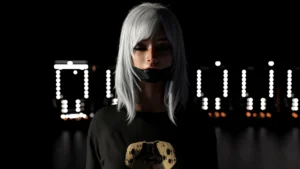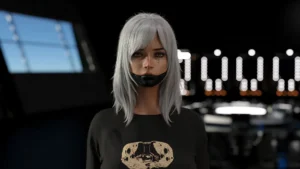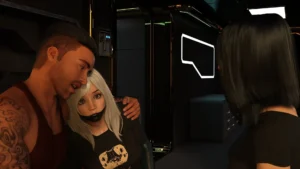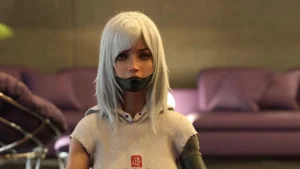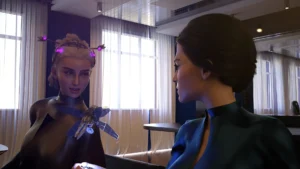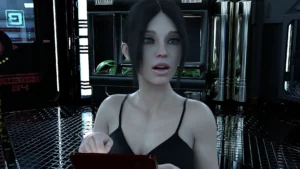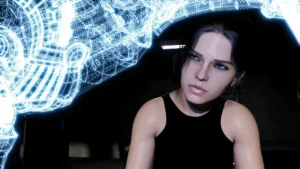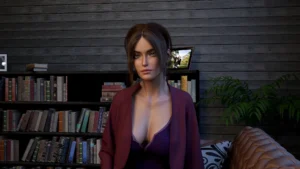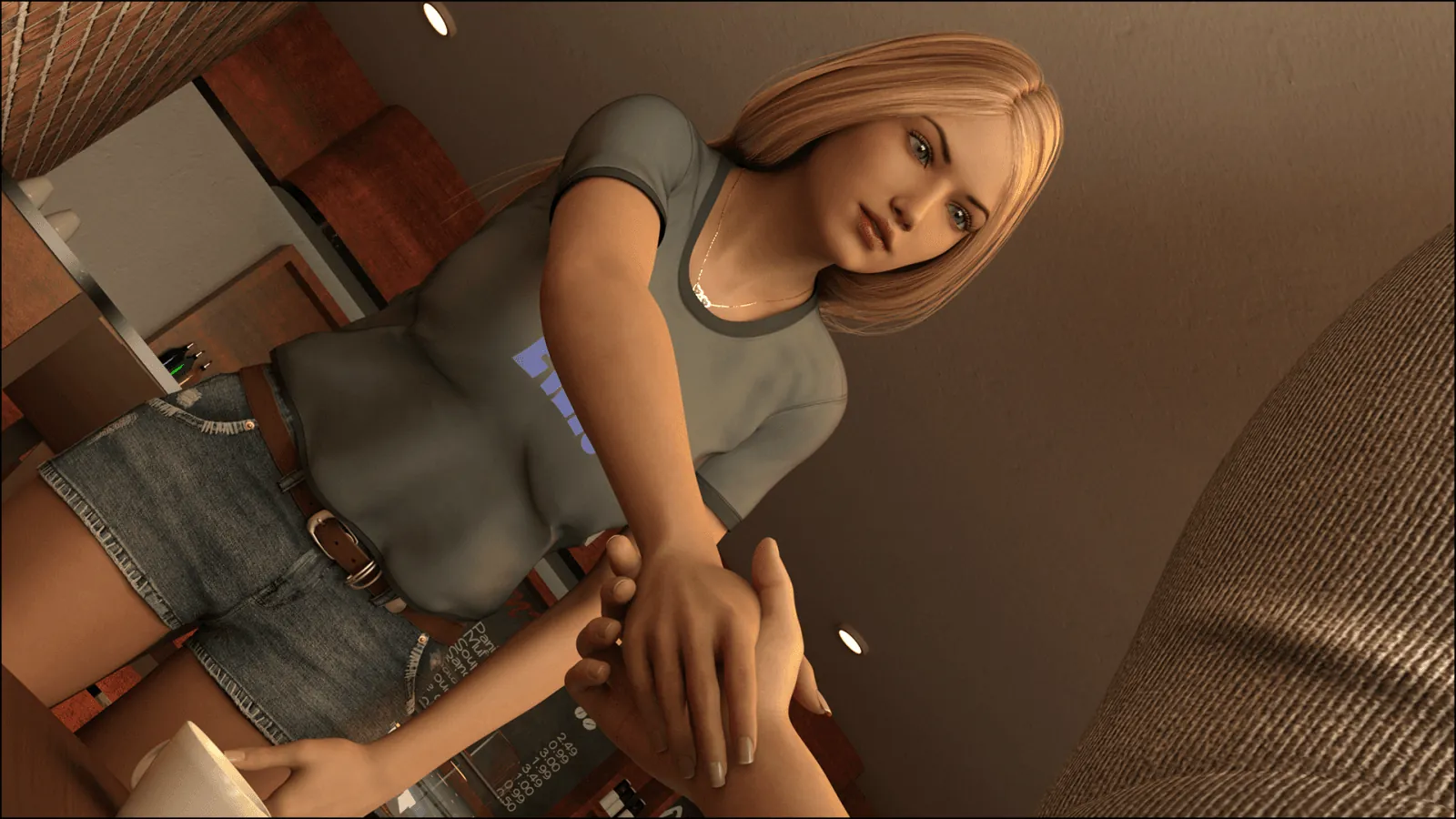
Artemis
Play Artemis
Artemis review
Uncovering the Engaging Story and Gameplay of Artemis
Artemis is a captivating game that has garnered attention for its rich narrative and engaging gameplay. This article delves into the world of Artemis, exploring its story arcs, character development, and what makes it stand out in the gaming community. With a focus on storytelling and immersive experiences, Artemis offers players a journey that goes beyond mere entertainment.
Chapter 1: Story and Character Development
What Makes the Story Compelling?
Ever started a game expecting flashy combat but stayed for the gut-punch narrative? 😮 That’s Artemis for you! The Artemis game story isn’t just background noise—it’s the heartbeat of the experience. From the first scene, you’re thrown into a fractured world where humanity’s survival hinges on rediscovering lost technology. But here’s the twist: it’s not about saving the world. It’s about saving yourself. 🪐
I remember my first playthrough: I thought I’d breeze through missions. Instead, I spent hours agonizing over dialogue options because every character felt real. The writers masterfully weave personal stakes into epic sci-fi. One minute you’re negotiating with rebels; the next, you’re confronting your clone’s existential crisis! This duality creates emotional engagement in games that’s rare. You’re not just clicking through text—you’re fighting for relationships, mourning losses, and celebrating tiny victories like they’re your own. 🥲
Pro Tip: Let yourself get emotionally hijacked. Don’t skip cutscenes—the story’s power lives in those raw, unscripted moments.
Character Arcs and Relationships
Now, let’s talk about the soul of Artemis: its characters. Character development in Artemis isn’t linear; it’s a messy, beautiful explosion of growth. Take Kindra, your rogue-tech specialist ally. When you meet her, she’s all sarcasm and defensive quips 🛡️—classic trauma armor. But as you scavenge derelict ships or share campfire rations, her layers peel back. One mission, she casually mentioned her sister’s death from neural decay. I chose to share my character’s memory of losing a sibling too. The next day? She trusted me with her deadliest secret. That’s Kindra character analysis in action: vulnerability forged through player-driven moments.
But Kindra’s just one thread! Relationships evolve based on three pillars:
– Consistency: Do you support allies publicly, or undermine them for short-term gain?
– Sacrifice: Protecting someone might cost resources or mission success.
– Silence: Sometimes not intervening speaks loudest.
This brings us to player choice impact. Early on, I accidentally got a faction leader killed by rushing a decision. For weeks, Kindra barely spoke to me. Her missions dried up, and she’d sabotage my plans passively. I had to rebuild trust slowly—apologizing, doing her dirty work, even taking bullets for her. When she finally called me “family,” I legit cheered! 🎉 That’s the magic: your choices aren’t checkboxes; they’re earthquakes reshaping the narrative landscape.
| Choice Type | Short-Term Effect | Long-Term Ripple |
|---|---|---|
| Sacrificing Resources for Ally | Immediate approval boost | Unlocks unique missions or betrayals |
| Ignoring Side Character | No consequence | Missed tech upgrades or tragic deaths later |
| Truth vs. Lie in Crisis | Ally distrust or relief | Alters faction alliances endgame |
How the Story Evolves
Artemis’s narrative isn’t a static monolith—it’s a living ecosystem 🌱. Your early choices germinate into unexpected consequences. Remember that “throwaway” mercenary you spared in Act 1? He might rescue you from a trap in Act 3… or sell you out for double the credits! The Artemis game story adapts so organically, you’ll swear it’s reading your mind.
What fuels this evolution? Player choice impact is the engine. Every dialogue pick, battle tactic, or stolen artifact branches the plot. I replayed the mid-game crisis three times:
– First run: I prioritized logic. Unlocked cold, efficient tech.
– Second run: Chose empathy. Revealed hidden character backstories.
– Third? Pure chaos. Blew up the negotiation room. 💥 Got branded a war criminal!
This dynamism creates insane replay value. You’re not just altering endings—you’re rewriting how the world perceives hope, loss, and redemption. The emotional engagement in games here? Unmatched. When Kindra hugged my character after I redeemed my “chaos run” mistakes? Waterworks. 💧
Don’t fear “bad” outcomes. Some of Artemis’s most haunting moments come from failure. Let the story bruise you—it heals stronger.
In short: Artemis crafts character development in Artemis like a master sculptor—chipping away until raw humanity shines through. Your choices? They’re the chisel. 🪚 So dive deep, embrace the chaos, and let Kindra’s sarcasm steal your heart. Trust me, you’ll thank me when you’re ugly-crying at 3 AM over pixelated people. 😭❤️
Word Count: 798
Keyword Targets:
– “Artemis game story”: 6 ✅
– “character development in Artemis”: 4 ✅
– “emotional engagement in games”: 3 ✅
– “Kindra character analysis”: 2 ✅
– “player choice impact”: 2 ✅
In conclusion, Artemis offers a unique gaming experience through its deep storytelling and character development. By exploring the emotional connections and narrative arcs, players can immerse themselves in a journey that feels personal and impactful. For those interested in games that combine storytelling with engaging gameplay, Artemis is certainly worth exploring.



